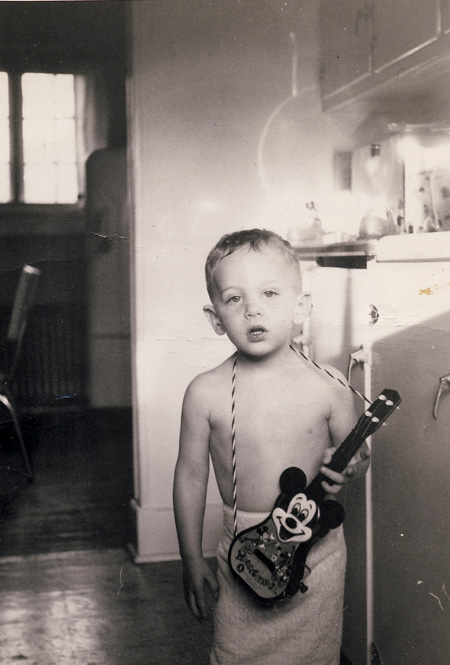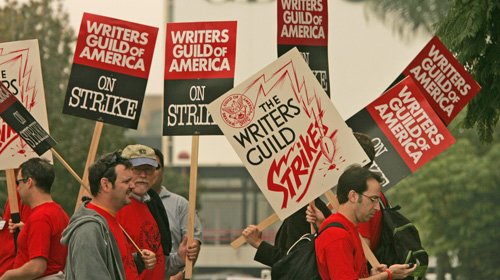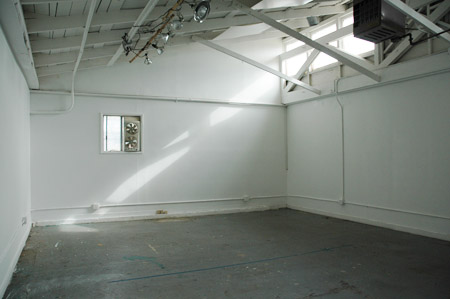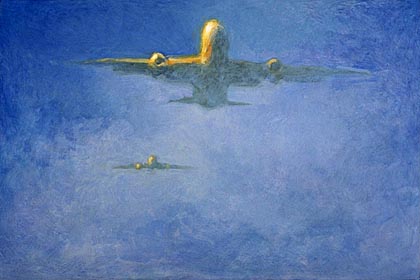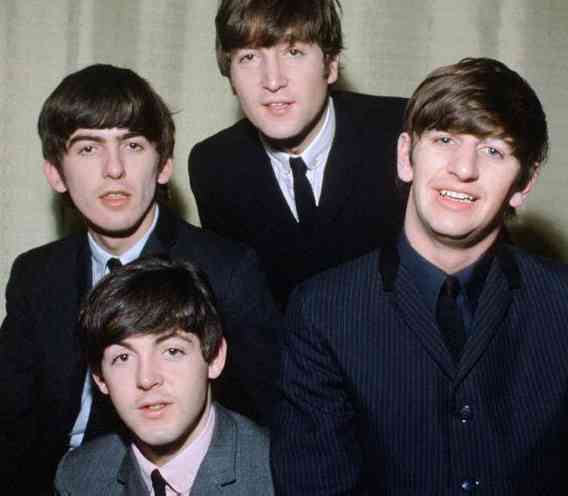
In the beginning, all music was live.
But since 1877, thanks to Thomas Edison, we’ve had sound recording. By the turn of the century, musicians could play in front of a microphone or two, and their performance would be captured, preserved and reproduced. People anywhere could listen to a singer or a band any time they wanted, by playing a record on their phonograph. Sound recording wasn’t considered an art form. The sole purpose of recording was to faithfully capture a live performance. Though the technology improved greatly over the first half of the 20th century, the role of recording remained the same.
In 1947 jazz guitarist Les Paul released a recording of himself playing 8 different guitar parts. This was the first known “multi-track” recording, and was made by recording onto wax discs. In the 50s, Buddy Holly would record a rhythm guitar track on one tape recorder, then play it back and play a lead guitar part along with it (or sing harmony w/ himself), recording both onto a second tape machine.
When the Beatles recorded their first albums in the early 60s, they were basically traditional recordings, in the sense that they would rehearse their parts and then perform them together live in the studio. Over then next few years they began using the new 4-track tape machines, that allowed them to add other tracks later, played either by themselves or other musicians. And they could adjust the mix (the relative volumes of instruments) after they were recorded. So they had more control over the recording process, but the goal was still to record something that sounded like a live performance, even if it wasn’t.
By the time they recorded Sgt. Pepper in 1967, and Abbey Road in 1969, everything had changed. The Beatles, along with their producer George Martin, were using the studio not just to capture their performances, but as a creative tool in itself. They recorded tracks backwards, or at faster and slower speeds. They cut up the tapes they had recorded and pieced them back together out of sequence. They layered tracks, both musical and otherwise, creating dense soundscapes that would be difficult, if not impossible to recreate in a live performance.
Were they cheating?
I ask this in the context of other discussions that have taken place here on A&P, about painters looking at photographs, or projecting photographs, or printing photographs on canvas. I ask it in the context of comments I’ve read elsewhere by photographers. About whether a photo composed in the camera is more legitimate than one that’s been cropped, or whether one that’s printed in a darkroom is more legitimate than one printed digitally, or whether the more an image is manipulated in Photoshop the less “true” it is.
I should mention that things in the music world, as I’m sure you know, have come a long way since the Beatles’ explorations. The number of tracks on tape recorders went up from 4 to 8, to 24 then 48, and at this point, with digital recording, are practically infinite. Drum tracks can be generated entirely in the computer, as can many other musical parts. Sounds can be sampled from the real world, or from other records, then used within a new recording. You can buy prerecorded loops of sounds (drum beats, bass parts, etc.) and use them in your projects. You can record the tracks for a song, then go back and correct out-of-pitch vocals, speed up or slow down tempos of individual tracks, and cut and paste sections from one part of the song to another, squashing and stretching them to fit. The same kinds of issues we discuss for visual art are also debated among musicians and music fans.
So where do you draw the line? When is it real art, and when is it cheating?
